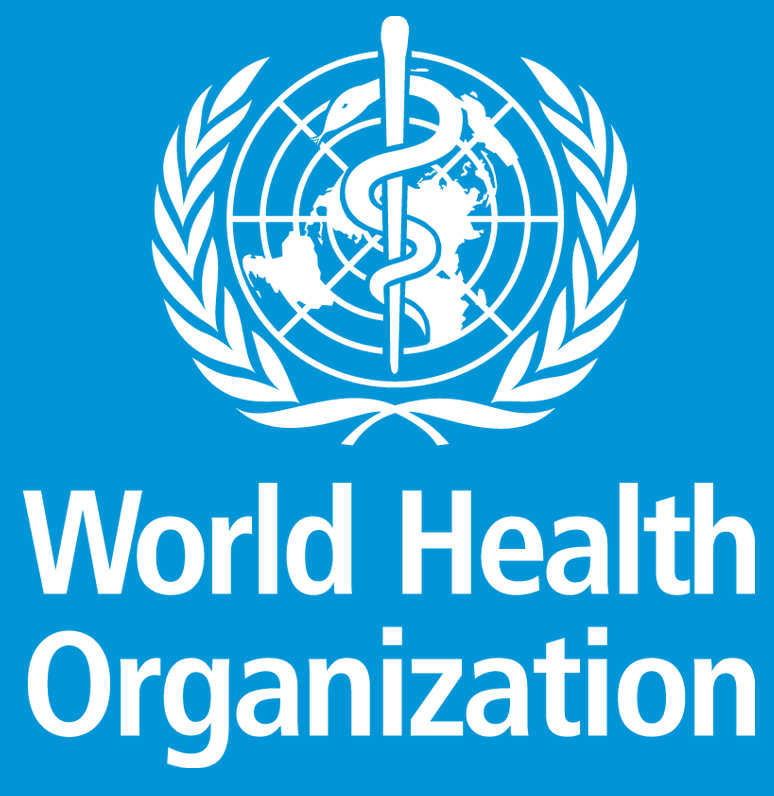
The WHO also acknowledged that the COVID-19 pandemic is probably at a transition point.
In a press statement issued on Monday after the 14th meeting of the International Health Regulations (2005) Emergency Committee regarding the COVID-19 pandemic, held on January 27.
The committee agreed that COVID-19 remains a dangerous infectious disease with the capacity to cause substantial damage to health and health systems.
The PUNCH had last week reported that the Emergency Committee on COVID-19 would meet to discuss whether the current situation still constituted a global emergency.
The WHO first declared that COVID-19 was a global health emergency on January 30, 2020, with over 752 million cases with more than 684 million deaths recorded so far.
Meanwhile, the global health body urged countries to remain vigilant and continue reporting surveillance and genomic sequencing data.
The statement read in part, “The committee agreed that COVID-19 remains a dangerous infectious disease with the capacity to cause substantial damage to health and health systems.
“The committee discussed whether the continuation of a PHEIC is required to maintain global attention to COVID-19, the potential negative consequences that could arise if the PHEIC was terminated, and how to transition in a safe manner.
“The committee acknowledged that the COVID-19 pandemic may be approaching an inflexion point. Achieving higher levels of population immunity globally, either through infection and/or vaccination, may limit the impact of SARS-CoV-2 on morbidity and mortality, but there is little doubt that this virus will remain a permanently established pathogen in humans and animals for the foreseeable future.
“As such, long-term public health action is critically needed. While eliminating this virus from human and animal reservoirs is highly unlikely, mitigation of its devastating impact on morbidity and mortality is achievable and should continue to be a prioritised goal.”
The committee, therefore, recommended that WHO, in consultation with partners and stakeholders, should develop a proposal for alternative mechanisms to maintain the global and national focus on COVID-19 after the PHEIC is terminated, including if needed a possible Review Committee to advise on the issuance of standing recommendations under the IHR.
“The committee also requested the WHO Secretariat to provide an assessment regarding the regulatory implications for developing and authorising vaccines, diagnostics, and therapeutics if the PHEIC were to be terminated in the coming months.
“The committee also encouraged WHO to assess and, if necessary, to accelerate the integration of COVID-19 surveillance into the Global Influenza Surveillance and Response System.” the statement noted.
The WHO temporarily recommended that states parties maintain momentum for COVID-19 vaccination to achieve 100 per cent coverage of high-priority groups.
“States Parties should plan for integration of COVID-19 vaccination into part of life-course immunisation programmes. Regular data collection and reporting on vaccine coverage should include both primary and booster doses.
“Improve reporting of SARS-CoV-2 surveillance data to WHO. Better data are needed to: detect, assess, and monitor emerging variants; identify significant changes to COVID-19 epidemiology; and understand the burden of COVID-19 in all regions.
“States Parties are recommended to use an integrated approach to respiratory infectious disease surveillance that leverages the Global Influenza Surveillance and Response system.
“Surveillance should incorporate information from representative sentinel populations, event-based surveillance, human wastewater surveillance, sero-surveillance, and animal-human-environmental surveillance,” it added.
So far, over 13 billion doses of COVID-19 vaccines have been administered, with 89 per cent of health workers and 81 per cent of older adults (over 60 years) having completed the primary series.





